Columbine 24 years on: Survivors and victim’s families speak about the tragedy
On April 20, 1999, two teens walked into Columbine High School and began shooting their classmates and a teacher. We spoke to survivors about what they saw.
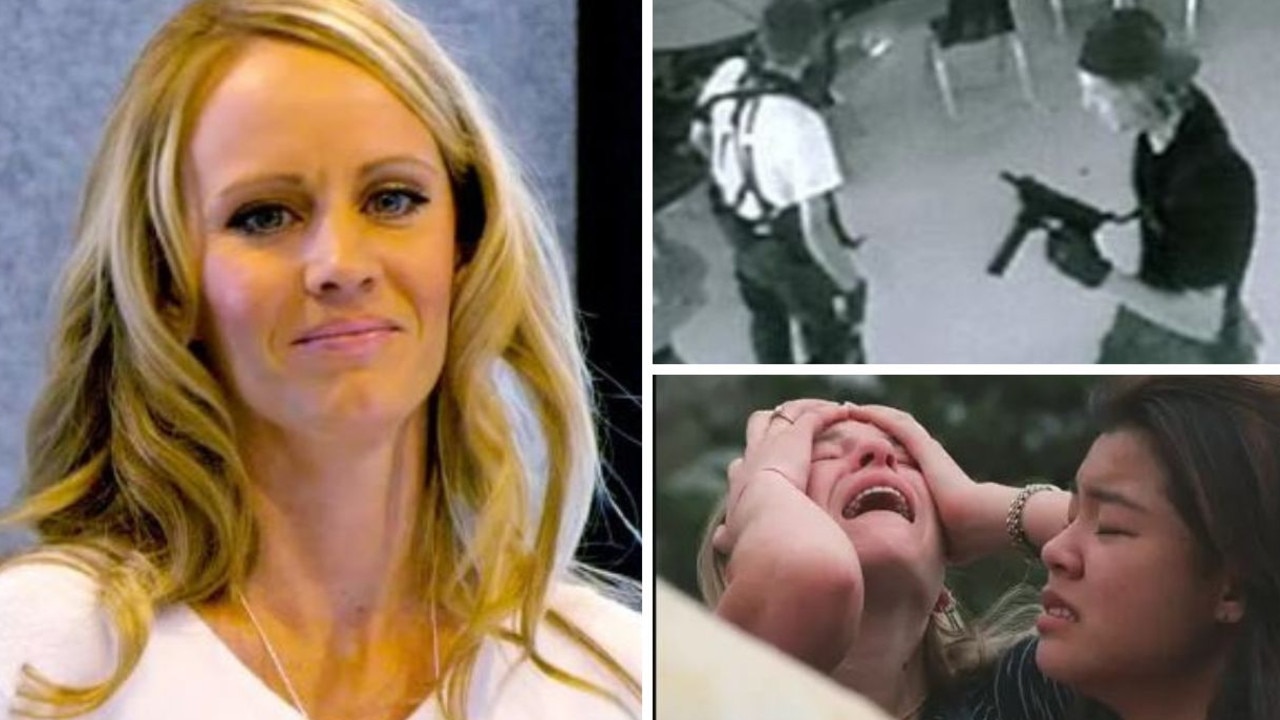
On the morning of April 20, 1999, 12 students and one teacher made their way through the front doors of Columbine High School, as they had done so many times before.
It was part of their normal routine that most of us are so familiar with.
They got out of bed, ate breakfast, brushed their teeth, packed their bags and went to school.
It was meant to be a day of learning and teaching, of seeing friends and co-workers, before coming back home, having dinner with their families and going to bed, only to do it all again the next day.
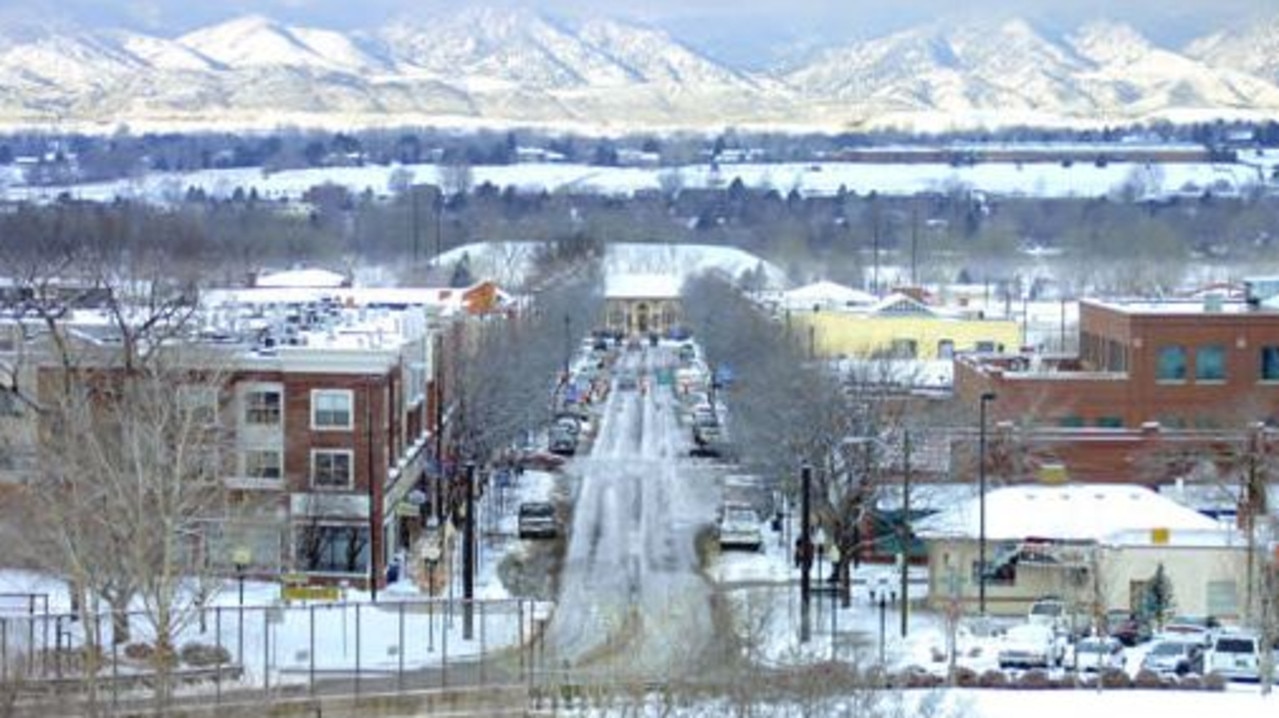
It was a regular Tuesday morning, in the small idyllic town of Littleton, Colorado, which sits against the stunning backdrop of the Rocky Mountains.
It was the type of town where “nothing ever happened” and that was how the locals liked it.
But that all changed on this day, 24 years ago, when those 12 students and one teacher went to school, never to come home again.
49 Minutes of Hell
At 11:19am, killers Eric Harris, 18, and Dylan Klebold, 17, donned long black trench coats and armed themselves with guns, knives and explosives, ready to carry out their sickening plan.
The teenagers began gunning down their fellow students and teachers at random, with the barbaric attack leaving 13 people dead and 24 others injured.
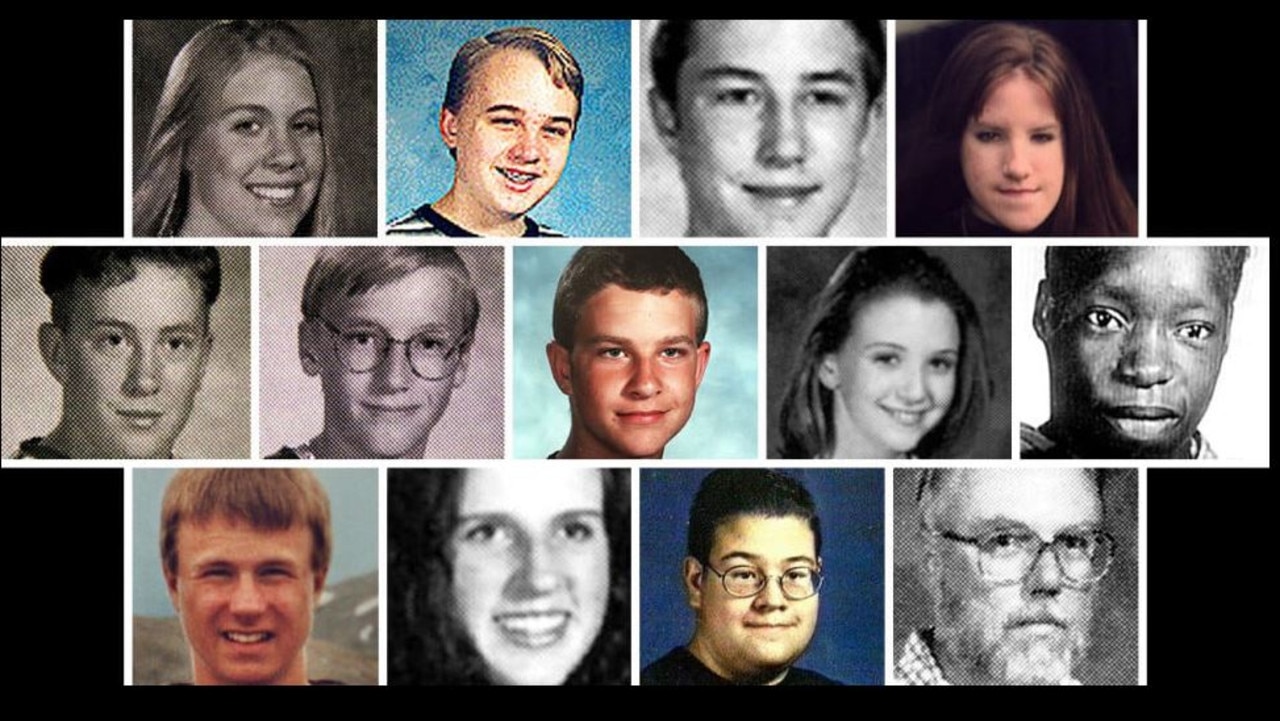
The gunmen mercilessly took the lives of their fellow students; Cassie Bernall, 17, Steven Curnow, 14, Corey DePooter, 17, Kelly Fleming, 16, Matthew Kechter, 16, Daniel Mauser, 15, Daniel Rohrbough, 15, Rachel Scott, 17, Isaiah Shoels, 18, John Tomlin, 16, Lauren Townsend, 16 and Kyle Velasquez, 16, along with teacher William “Dave” Sanders, 47.
After the carnage, the pair took their own lives at 12:08pm.
‘I love you, mum’
That morning, Kacey Ruegsegger Johnson was about to open her car door to drive to school when a strange feeling washed over her.
The 17-year-old student was in her usual rush to get to class, but for some reason, something inside her made her stop for a moment to do something most teenagers forget to do.
“That day started like any other day,” the now 41-year-old mother told news.com.au.
“Except one thing. I got the feeling as I stepped out to drive to school that I should go back and tell my mom that I loved her.
“This is not something I normally did. I yelled ‘love you, mum’ and she said she loved me back.”
Kacey had no idea how dramatically her life was about to change.
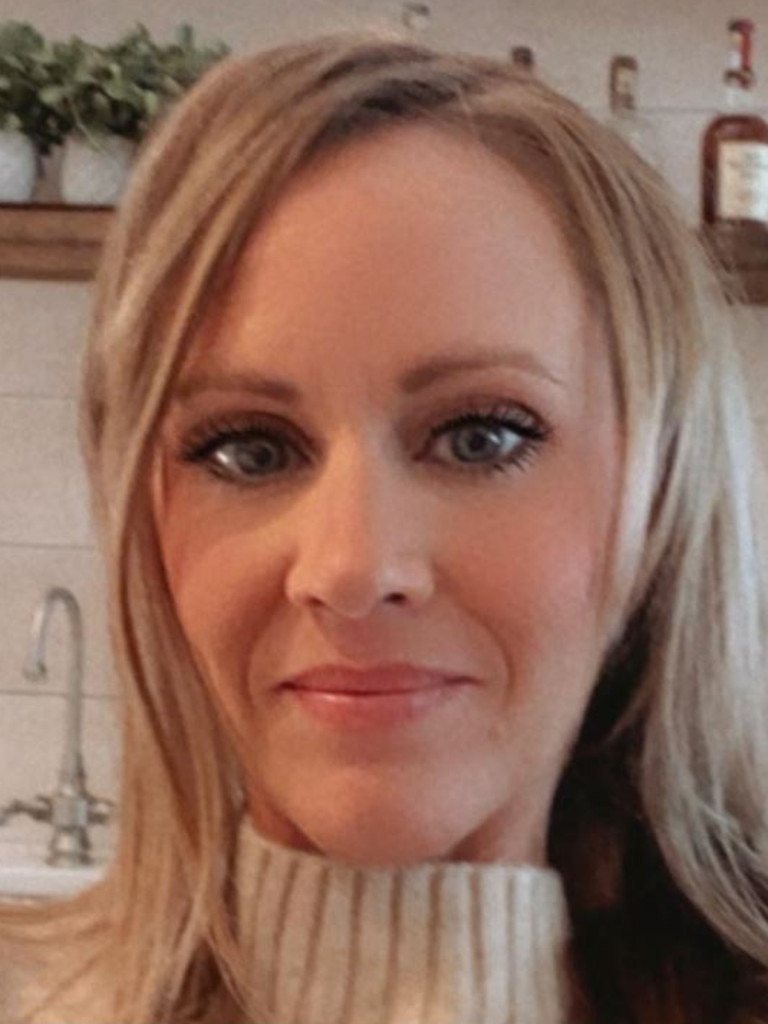
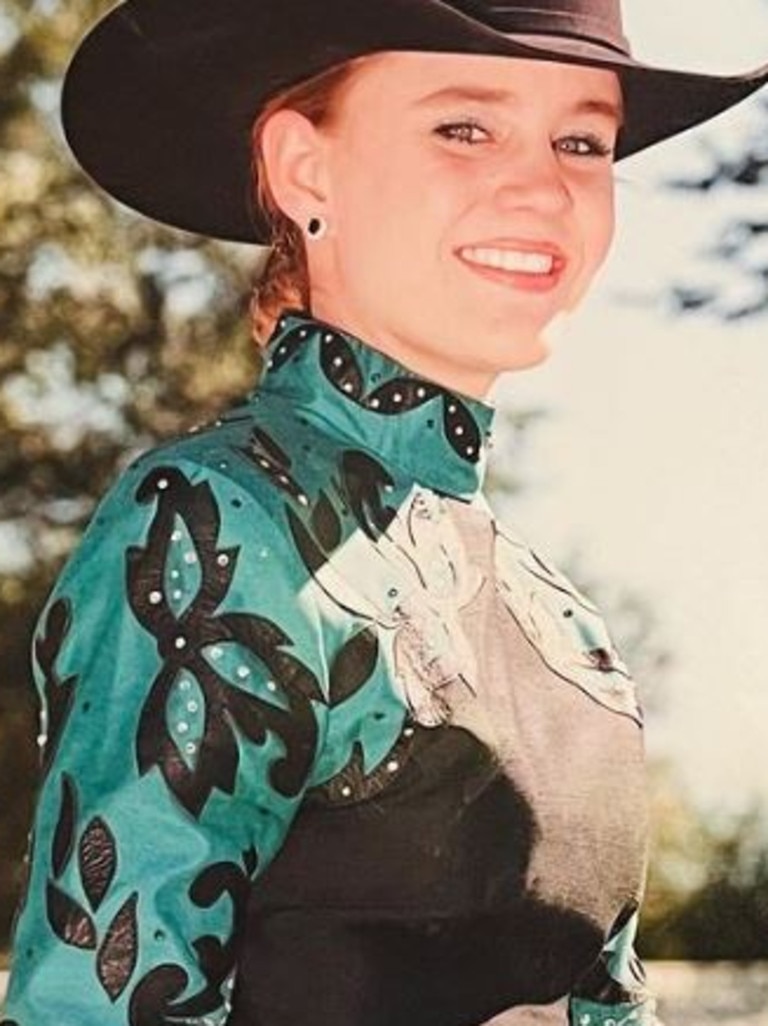
The year 11 student was meant to meet up with a friend for lunch, but when she could not find her, she decided to go into the library to read a magazine on her break.
“It was probably the first time that year I’d gone to the library,” she recalled.
“I was just reading a gossip magazine, killing time.”
Just a few moments later, she heard pops coming from outside.
While students in America today might have a different reaction, back in 1999, the thought of those noises being gunshots never entered her mind.
“I looked outside, nothing caught my eye,” Kacey explained.
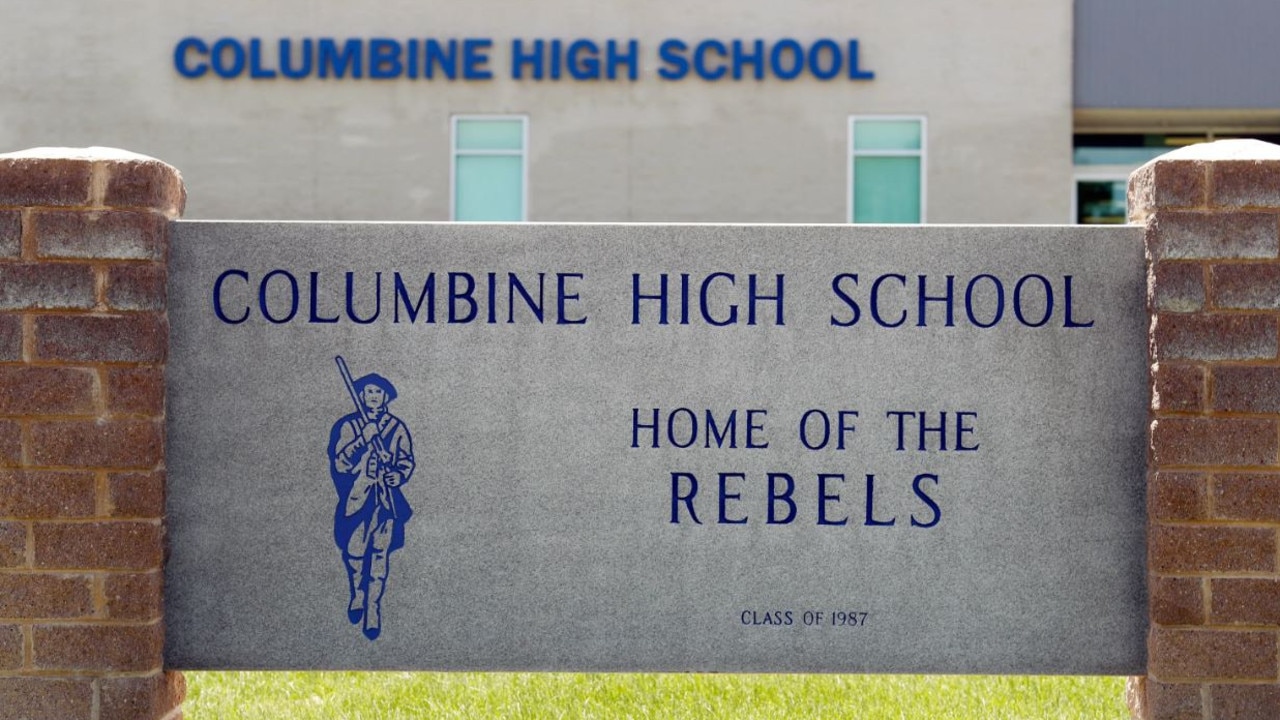
“But a few minutes later, a teacher came running to tell us to get our heads under the tables.
“She told us that there were boys outside with guns. I could tell by the panic in her voice that it was very real and actually happening.”
Playing dead
Kacey ran and hid under a small computer desk, praying for her life.
“The shots got louder, we heard them yelling,” she said.
“As they entered the library, they started laughing and shooting, telling us this was our day to die. I felt like I’d been punched in the stomach.
“I turned around to see one of the shooters kneeling down, about 5 or 6 feet from me, pointing a gun at the boy who was hiding in the spot next to me.
“They shot him, and he died.
“I turned away, plugged my ears, and knew that I would be next.”
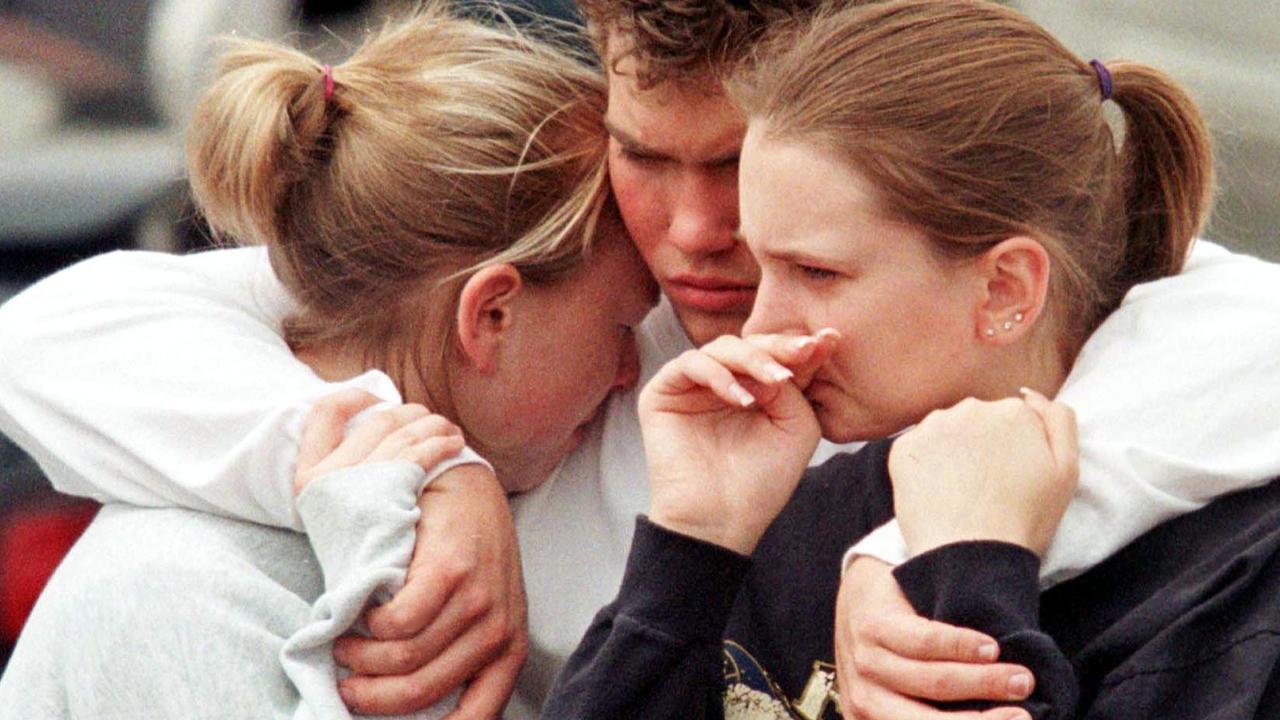
Kacey was shot, with the bullet going through her right shoulder, through her hand, and straight across her neck.
She yelled out in pain, to which the shooter replied coldly.
“He told me to ‘quit my bitching’ and I was scared he would shoot me again,” she recalled.
“I pretended to be dead, hoping he would move on, which he did.”
This move may have been what saved her life.
Healing
Kacey’s injuries were devastating, and she spent two weeks in hospital, where she came close to doctors amputating her arm due to the damage.
But with the help of donated bone, metal and screws, a surgeon was able to rebuild her shoulder, and she regained use of her arm with the help of physical therapy.
In March 2020, Kacey underwent another complex surgery called a reverse shoulder replacement.
Despite this, she has still suffered from chronic pain every day since the shooting.
While a huge part of her recovery has been physical, the mum has also been haunted by the psychological trauma and post traumatic stress that came as a result of the incident.
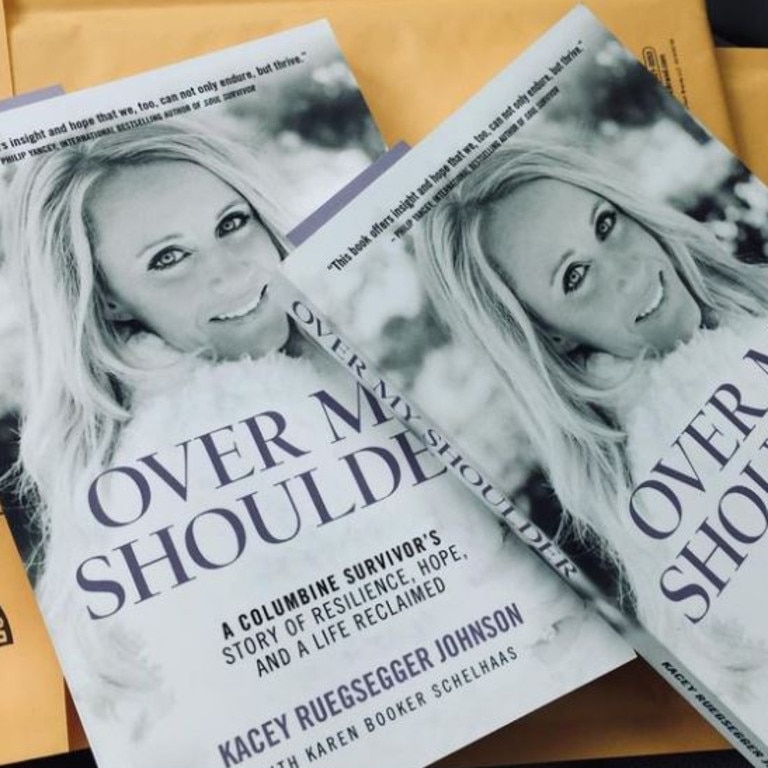
As part of her healing process, Kacey wrote a book about her experiences titled Over My Shoulder, which was released in 2019, coinciding with the 20th anniversary.
“Something like Columbine changes everything about a person,” she said.
“We endured something that nobody can understand. We were all thrown into a club that no one signed up for.
“After learning how to live a new normal, and working for many years to navigate severe PTSD, I do not take much for granted and live each day to the fullest.”
History repeats itself
The Columbine massacre shocked the world, and at the time, was the worst high school shooting in U.S. history, with 13 killed.
But tragically, not much in America has changed in the 24 years since it occurred, with even deadlier events claiming the lives of more students and teachers as time has gone on.
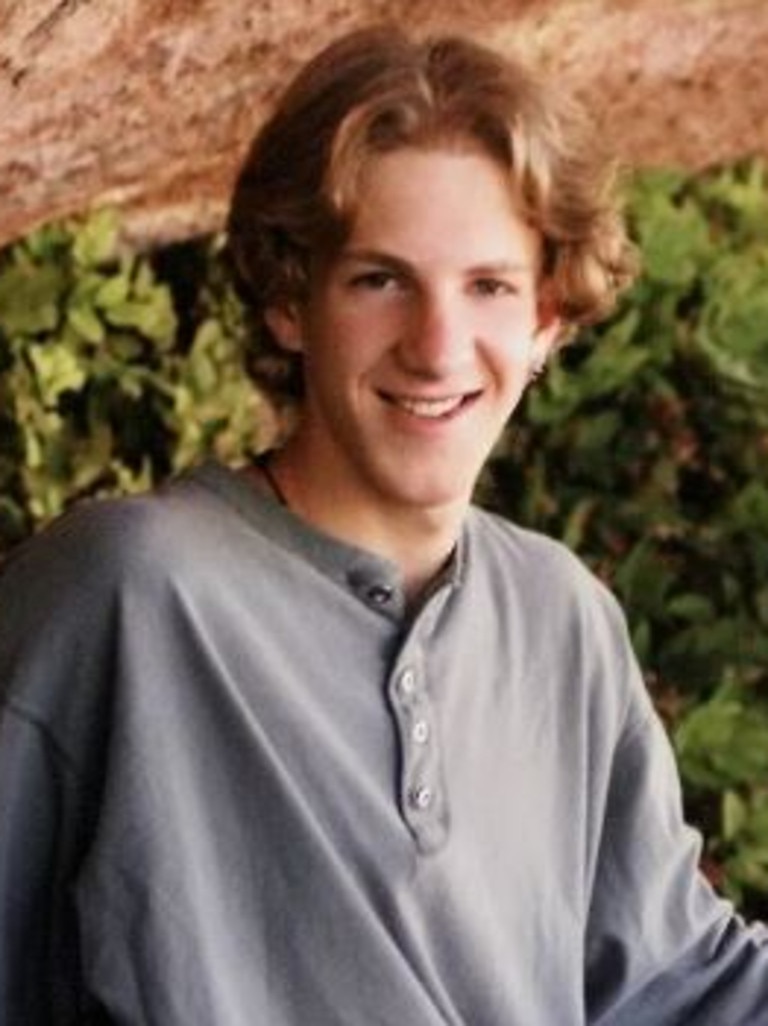
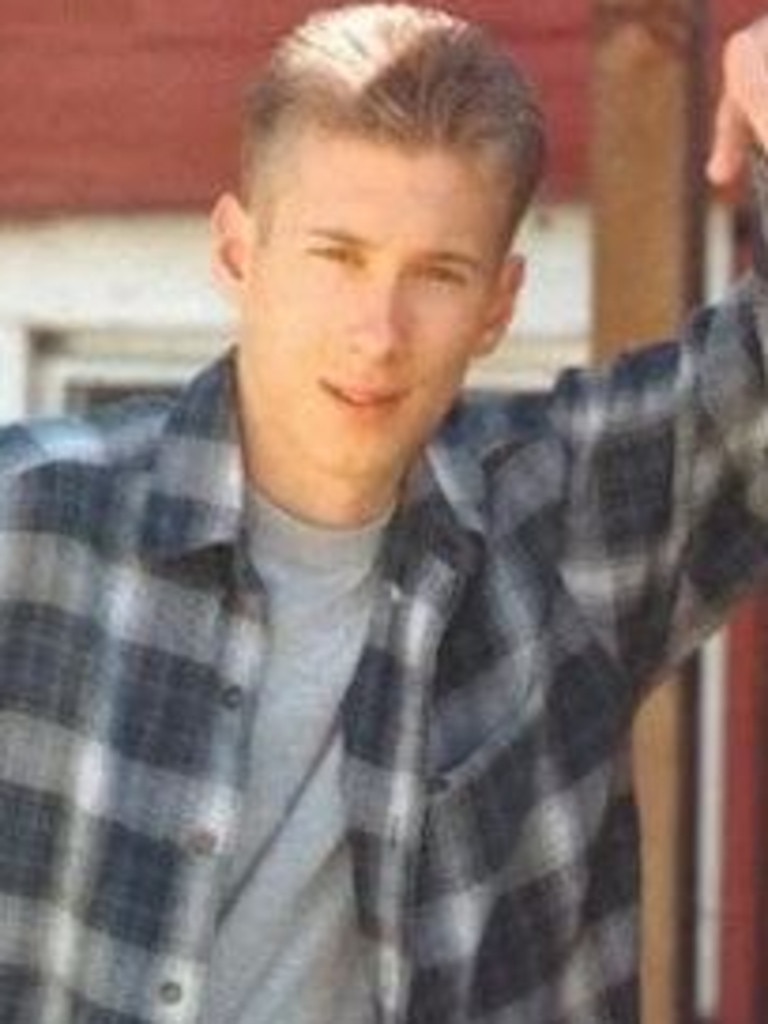
In 2007, 23-year-old student Seung-Hui Cho killed 32 students and faculty members in two separate attacks on the campus of Virginia Tech in Blacksburg, Virginia.
Almost 10 years ago, the savagery of the Sandy Hook Elementary School shooting broke hearts across the globe, with Adam Lanza, 20, viciously gunning down 26 people.
20 of the victims were small children between the ages of six and seven, while the other six were adult staff members.
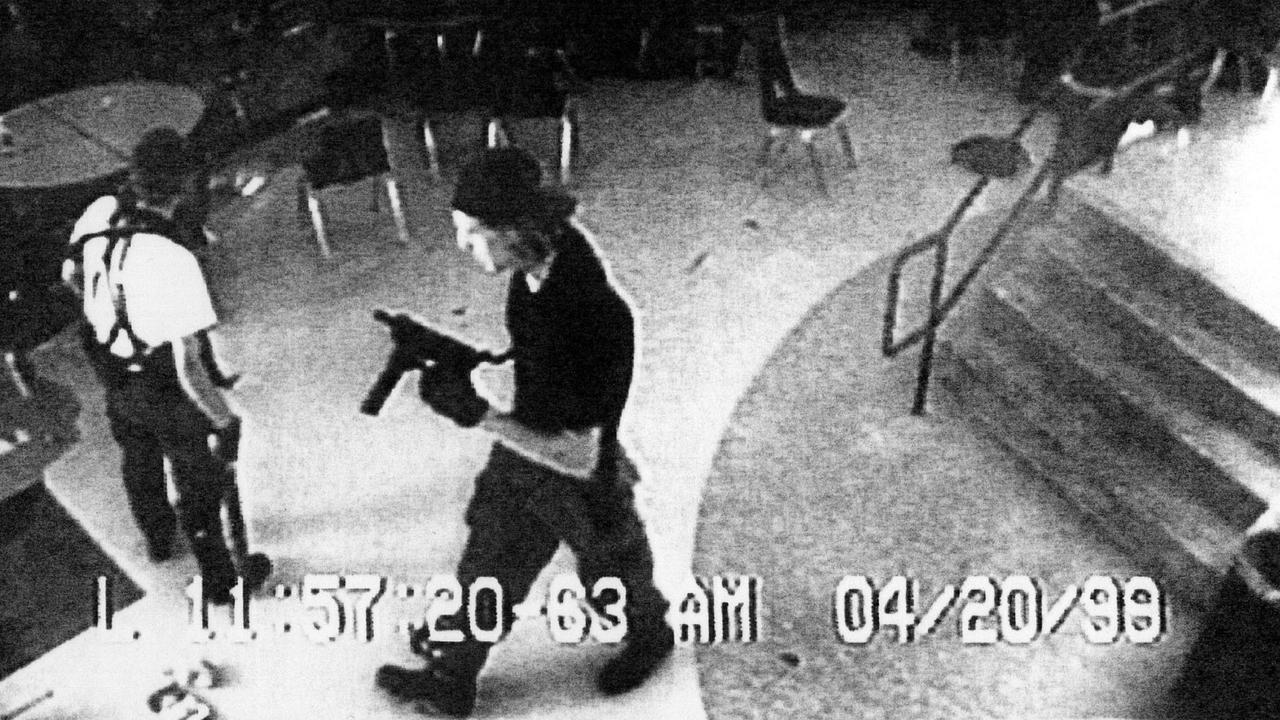
Just last year, we were sickened once again when 18-year-old Salvador Ramos killed 21 people at Robb Elementary School, in Uvalde, Texas.
He murdered 19 children, aged between 7 and 10, along with two teachers, before being shot and killed by police.
The shocking 2018 shooting at Stoneman Douglas High School in Parkland, Florida, saw 17 people – 14 students and 3 teachers – shot to death by Nikolas Cruz, a 19-year-old former student.
Fighting for change
Tom Mauser told news.com.au that there are no words to accurately describe the feeling of losing a child to gun violence.
That loss in itself is devastating enough, but it is made worse by the retraumatisation that occurs when he sees news reports of similar horrific events happening over and over again.
The 71-year-old and his wife Linda lost their son Daniel, 15, at Columbine, and have been fighting for change ever since.
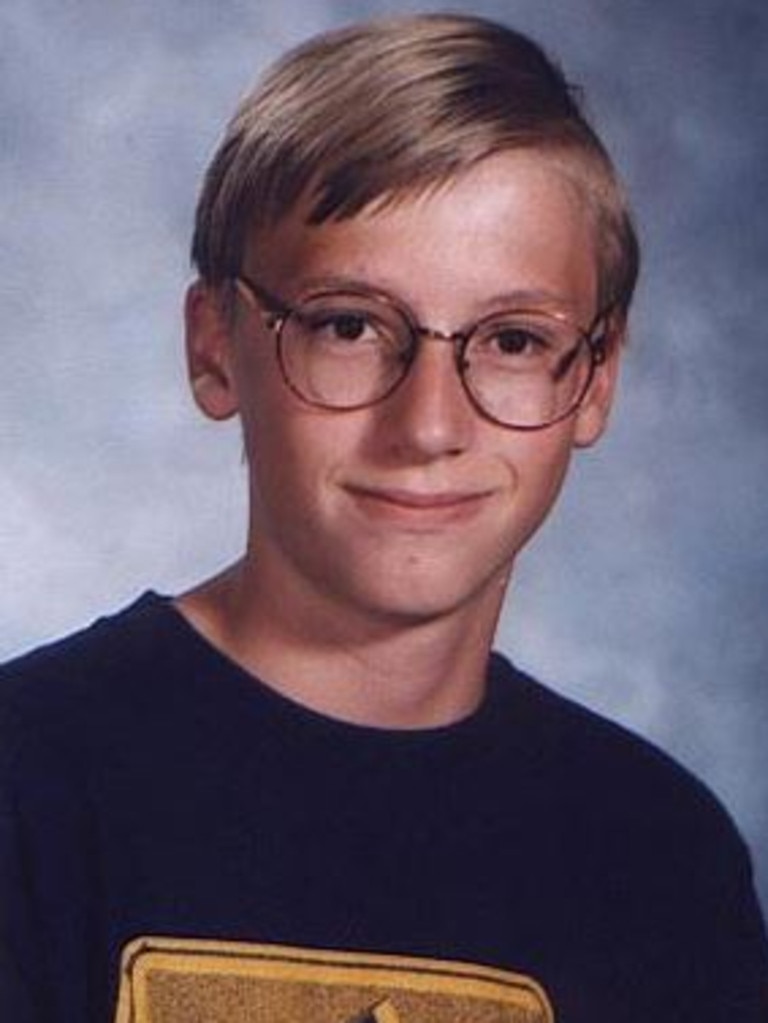
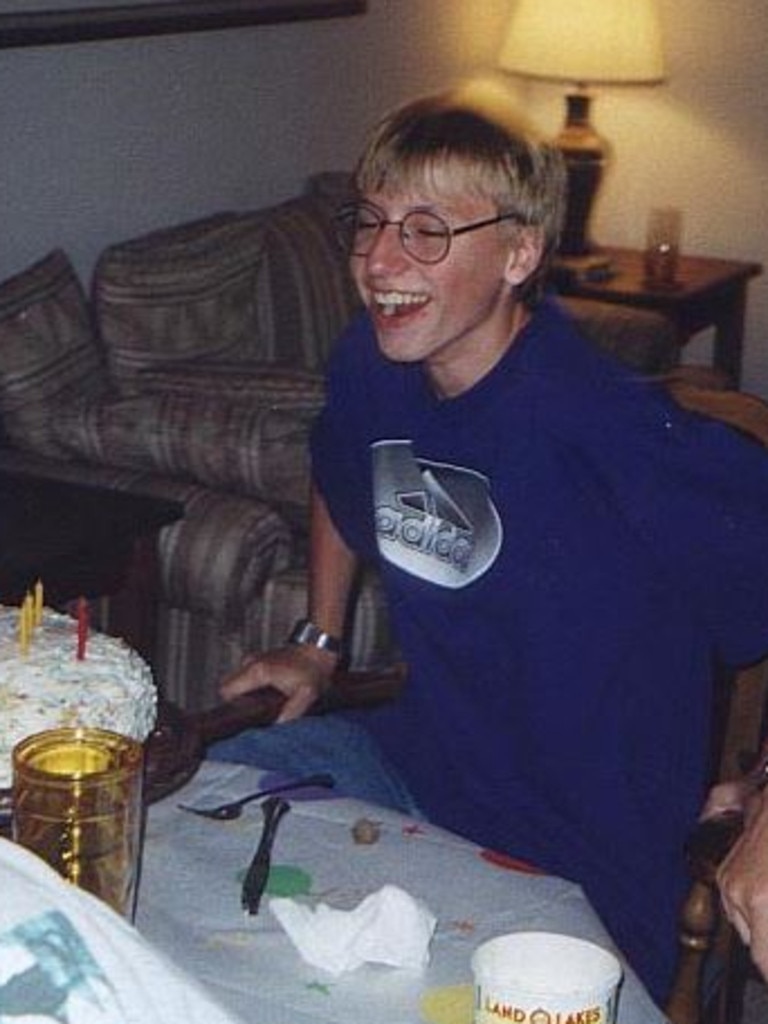
Tom described his son as an easygoing, gentle, and intelligent teenager, who loved playing chess and video games, while he also did exceptionally well in school as a straight-A student.
He remembers April 20, 1999, like it was yesterday, and like so many others have said, it was just another regular Tuesday morning
“That day started no differently to any other,” Tom recalled.
“Sometime around noon, a co-worker told me something was happening at Columbine High School.
“We were all gathered around the television, and I heard that shots had been fired. Then came images of students fleeing the school grounds, and parents hugging terrified teenagers.
“I wasn’t overly concerned at first. This was Columbine High School, after all. And even if there was a shooting, Daniel would not be involved.”
“All we did was send him to school …”
The parents grew more concerned as the day went on and they still had not heard from their son or received any information about his whereabouts.
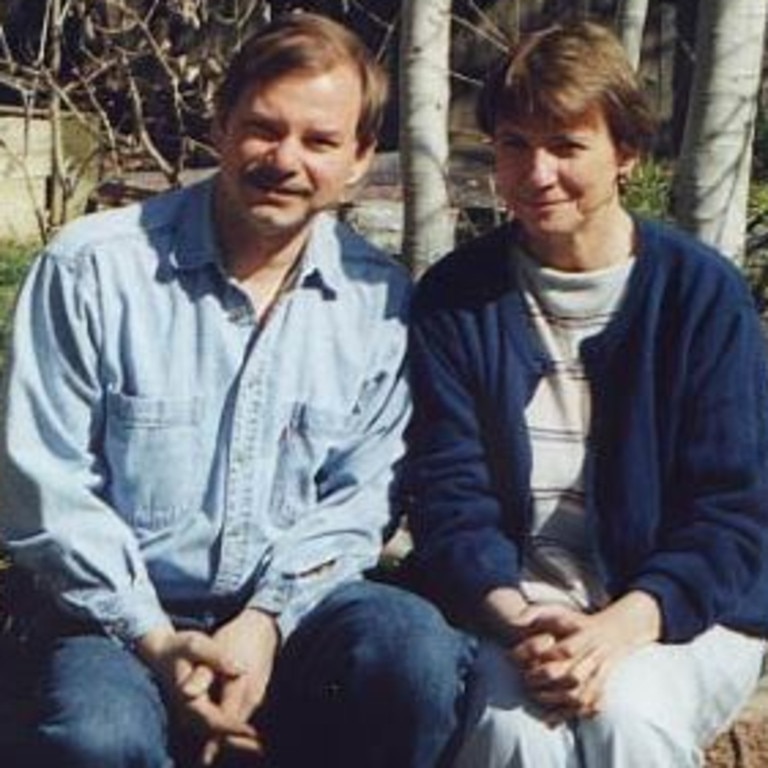
It was not until the following day that Tom and Linda were given the news that no parent should ever have to hear: their son Daniel had been killed.
“Using the description Linda had given them, police were able to positively identify him,” the father-of-three explained.
“Our son was dead. I thought, how the hell could he be dead? All we did was send him to school.
“We entered a parent’s ultimate nightmare, from which there was no escape.
“It became painfully obvious that our lives were about to change in a dramatic way.”
Tom is a passionate gun control activist, and has shared his experiences in his book Walking in Daniel’s Shoes, which has detailed his journey after his son’s death.
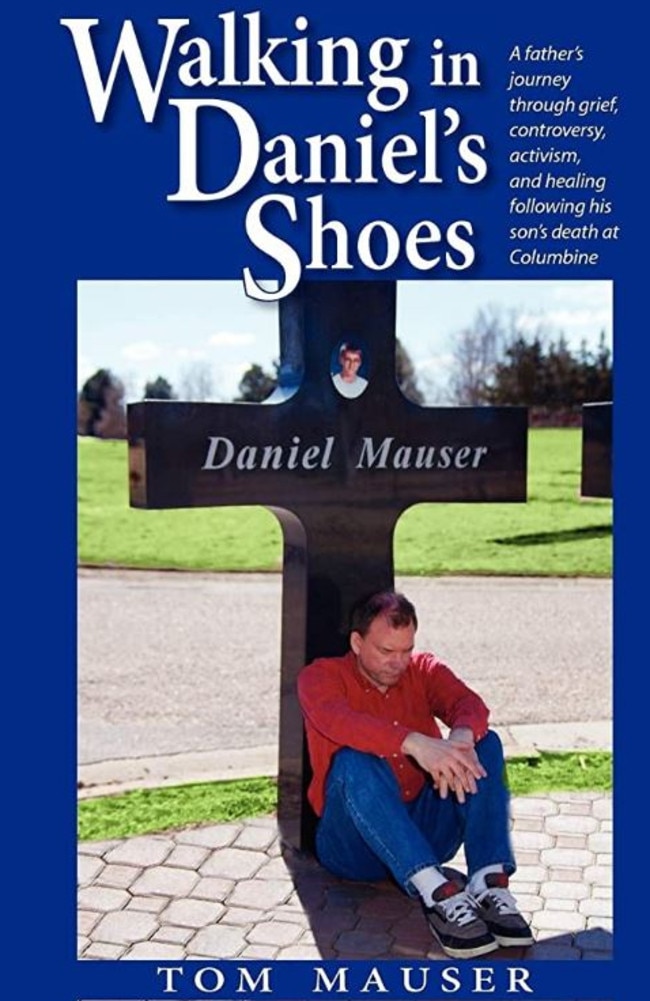
“Whenever I hear of another mass shooting, it takes me back,” he said.
“I think of the parents of other victims and what they’re about to go through.
“Columbine did not happen because the killers were bullied. That was a very small factor.
“They wanted to kill as many students as they could, not specific ones that bullied them.
“These were two mentally disturbed kids, one a psychopath and one very depressed, and it can happen to any parent if they are not adequately tuned in to their kids.”
Anniversaries
The 20th of April, 1999, will always be a difficult day for anyone touched by the tragedy.
For Sue and Rick Townsend, they honour their daughter Lauren, who was just 18 when she was killed at Columbine, along with the other victims.
“Each year on the anniversary, we spend the day together visiting the cemeteries where all the victims are buried and deliver a rose to each grave,” Sue, 74, told news.com.au.
“We then meet the parents of Lauren’s best friend for dinner. I truly believe Lauren would be pleased with how we are honouring her memory.”
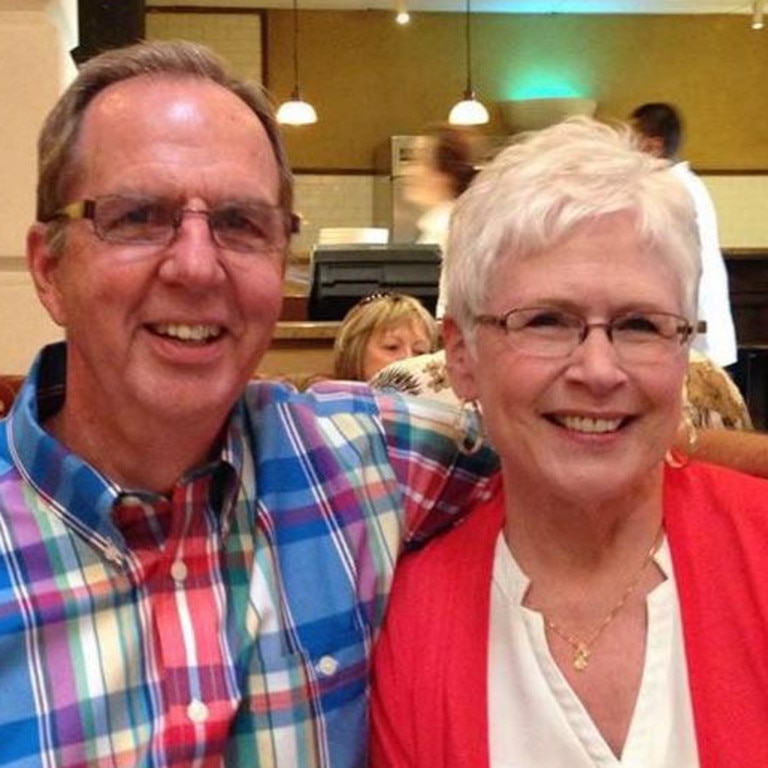
Sue, who first met Lauren when she was six years old and married her father two years later, said her stepdaughter was a beautiful, kind and positive young woman, with an “old soul”.
“There was always something special about Lauren,” Sue beamed.
“I believe she was what they call an old soul. She had an insight and perspective of the world that was far beyond her years.
“She accepted life and people just the way they were and radiated love for all living things.
“It is hard to describe what goes through your mind when something like this happens.
“For me, the world slowed down and there was a sense of being in a dream.
“There was turmoil in the pit of my stomach that felt like too much emotion swirling around.
“It is a feeling I get every year around the Columbine anniversary or when there is another mass shooting.”
New beginnings
While they will never fully recover from the pain of losing their daughter in such a horrific way, they used their activism to help the healing process.
Sue and Rick, along with other families of those killed in the tragedy, were pivotal in getting the Columbine High School library – which was the site of the majority of the carnage – pulled down and replaced.
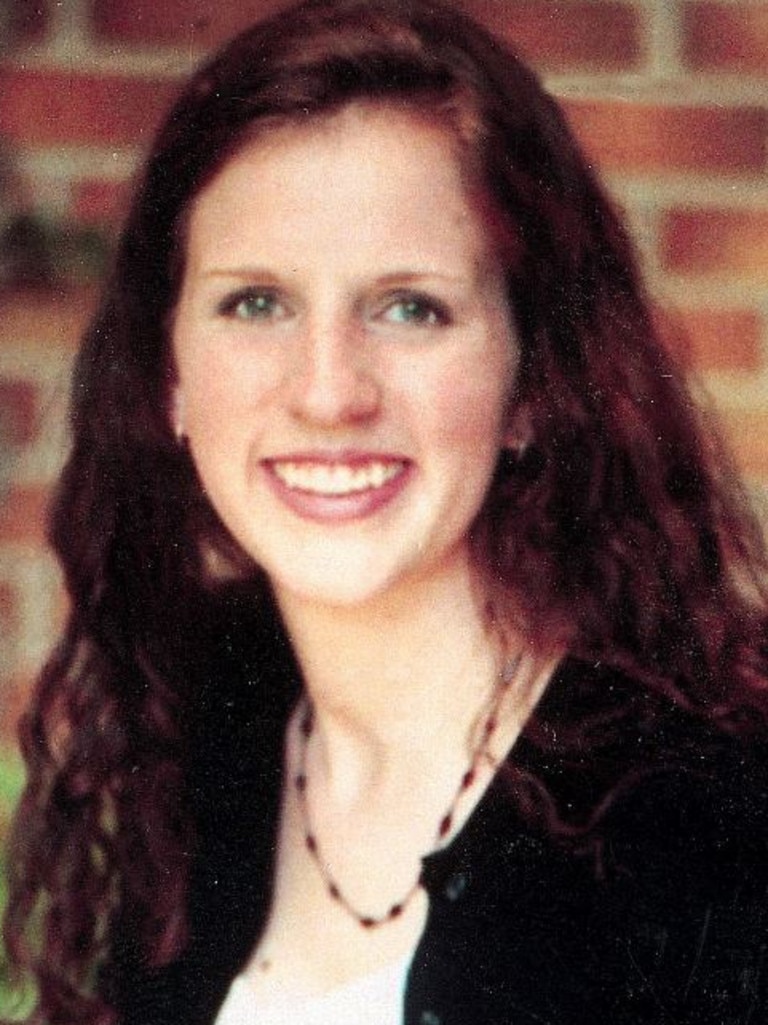
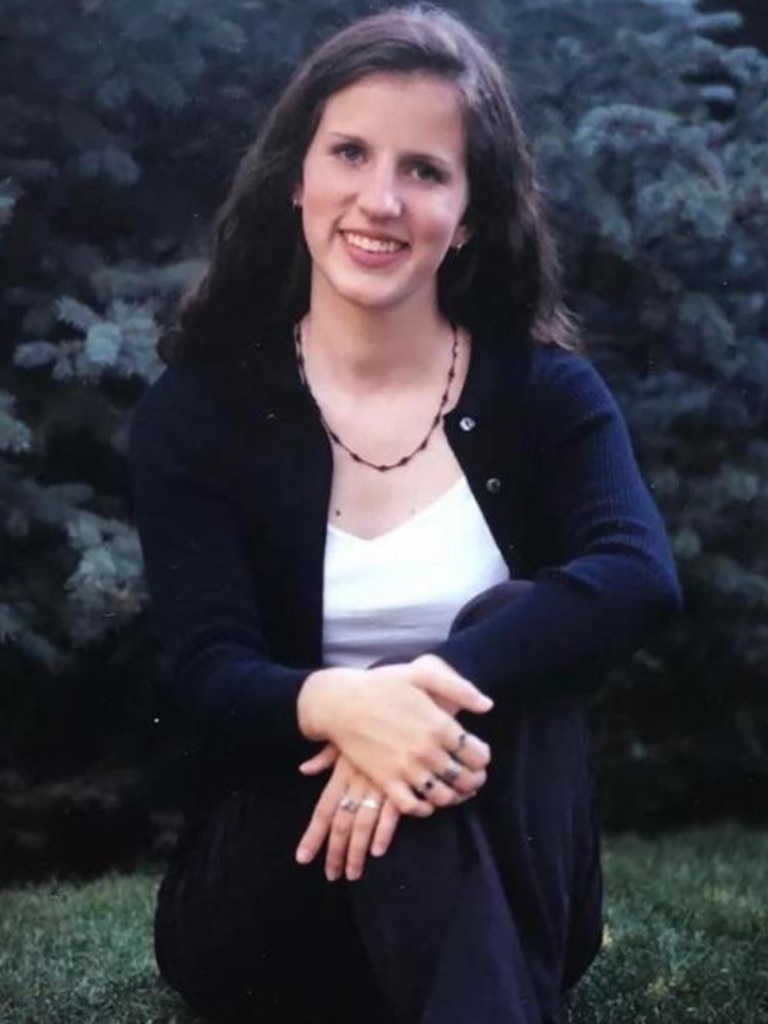
“At a gathering of parents in June of 1999, one of the fathers brought a rendering of the ‘remodelled’ library that was to be completed before school opened the following August,” she revealed.
“The changes were minor; move a door, paint, and replace the furniture and carpeting. The unanimous consensus of the group was that the plan was unacceptable.
“How could future students at Columbine ever study in the space where so much evil had taken place?
“The families wanted to have a school where all students would feel comfortable in all areas of the campus.
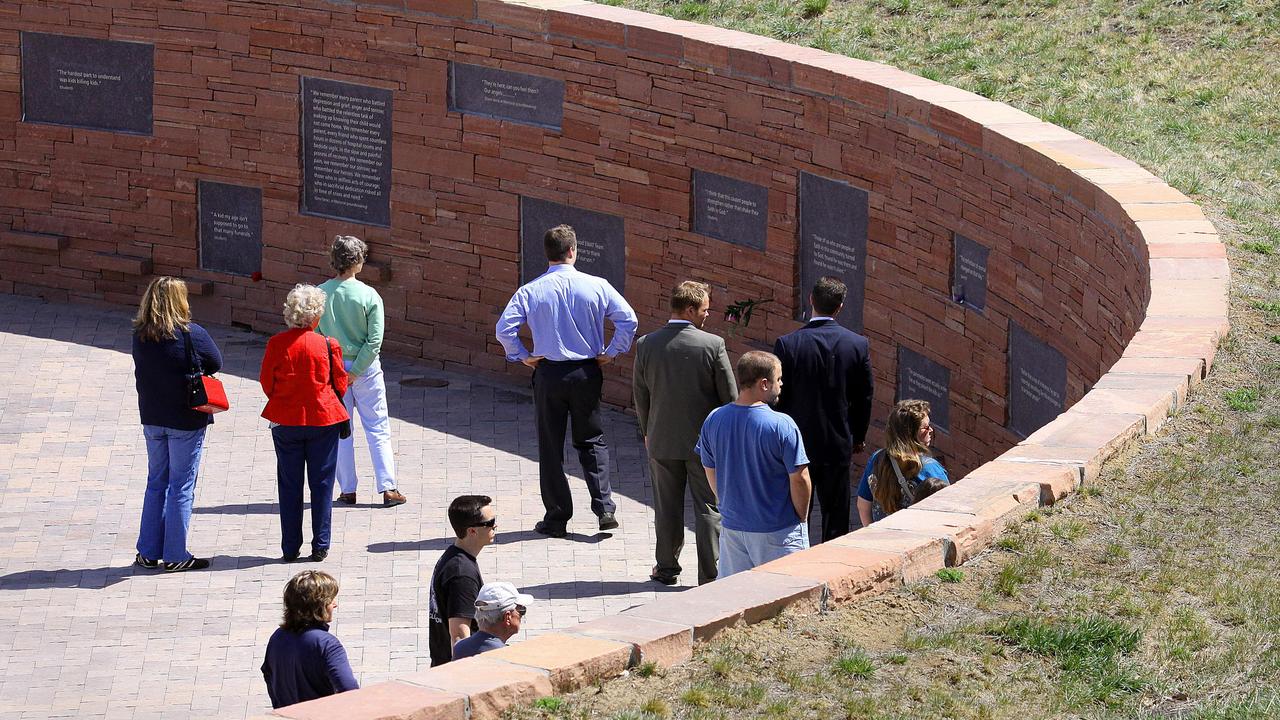
“We also wanted to respect the space where so many of our children had died.
“Over the next several months, this dedicated group of volunteers raised USD $3.1 million to fund the removal of the old library and build a brand new one.”
Sue added that she feels Lauren is still around, and shared a poignant entry from her daughter’s journal.
“When our whole family is together for family dinner or celebrating a holiday, I sometimes feel like she is smiling down on us,” she said.
“I believe Lauren shared her legacy with us in a passage she wrote in her diary shortly before she died.
“The passage is inscribed on her plaque at the memorial. The last line reads, ‘For, in the end, all there is, is love”.
jasmine.kazlauskas@news.com.au






